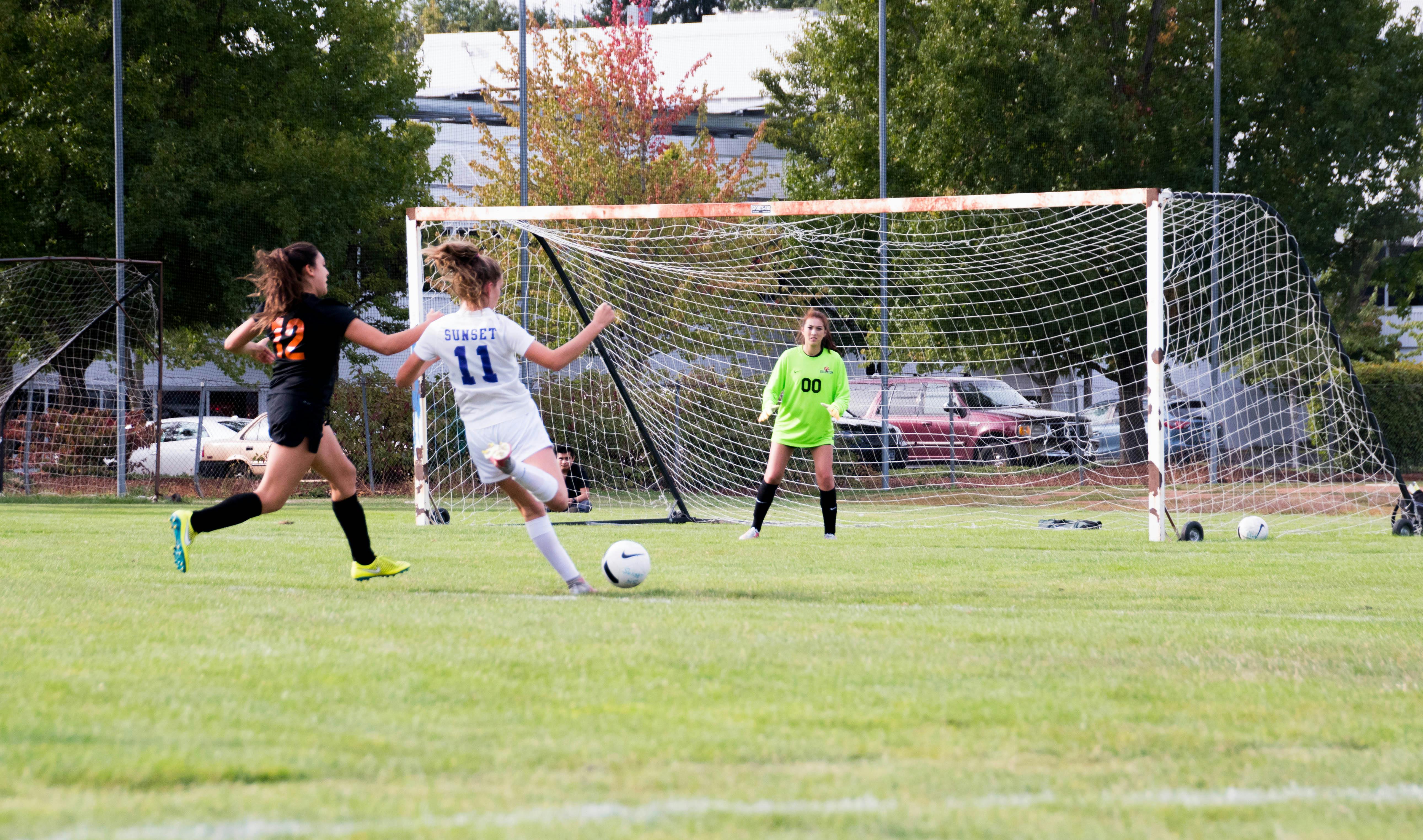A meniscus tear is one of the most common knee injuries in athletes, especially those participating in contact sports like football, rugby, and basketball. The meniscus is a C-shaped cartilage that cushions your knee joint, absorbing shock between your thighbone (femur) and shinbone (tibia). Meniscus tears often occur from sudden twisting or pivoting motions, causing pain, swelling, and limited knee mobility.

Recognizing the symptoms of a meniscus tear early can prevent further damage. Common signs include:
If you notice any of these symptoms, stop playing immediately and consult a knee specialist.
Continuing to play sports with a torn meniscus is not recommended. High-impact activities can worsen the injury and delay recovery. Early rest and professional evaluation are essential to avoid chronic knee problems.
Many meniscus tears can heal without surgery through conservative treatments, such as:
Your doctor may also recommend NSAIDs (like ibuprofen) to control pain and inflammation or corticosteroid injections for more severe swelling.
Recovery from a minor meniscus tear usually takes 6 to 8 weeks with proper care. However, healing time varies based on the tear’s size and location.
If symptoms persist or the knee locks, surgery might be necessary. Common procedures include:
Post-surgery recovery typically ranges from 6 weeks to 3 months, depending on the procedure. Physical therapy is essential to restore strength and flexibility.
After surgery, your doctor may recommend these exercises to regain mobility:
Most athletes return to full activity after recovery, regaining strength and knee stability. Proper rehabilitation and adherence to your doctor’s guidance will ensure a safe return to sports.
If you suspect a meniscus tear, don’t delay getting evaluated by a qualified knee specialist. Early diagnosis and tailored treatment are vital to prevent long-term knee issues and get back on the field stronger.
Meniscus tears usually result from twisting or pivoting motions in the knee, especially during high-impact or contact sports such as football, basketball, rugby, skiing, and volleyball.
Typical symptoms include a popping sensation, swelling, stiffness, difficulty bending or straightening the knee, knee locking, and feelings of instability.
No, continuing sports activity can worsen the injury. It’s important to stop playing and seek medical evaluation immediately.
Non-surgical treatments involve rest, ice, compression, elevation (R.I.C.E), anti-inflammatory medications, and physical therapy.
Surgery is recommended for severe tears that cause persistent pain, knee locking, or instability and when conservative treatments don’t relieve symptoms.
Recovery generally takes between six weeks to three months, depending on the type and extent of surgery.
Yes, most athletes regain full mobility and return to their sport following a proper rehabilitation program.
A meniscus tear is one of the most common knee injuries in athletes, especially those participating in contact sports like football, rugby, and basketball. The meniscus is a C-shaped cartilage that cushions your knee joint, absorbing shock between your thighbone (femur) and shinbone (tibia). Meniscus tears often occur from sudden twisting or pivoting motions, causing pain, swelling, and limited knee mobility.
A meniscus tear is one of the most common knee injuries in athletes, especially those participating in contact sports like football, rugby, and basketball. The meniscus is a C-shaped cartilage that cushions your knee joint, absorbing shock between your thighbone (femur) and shinbone (tibia). Meniscus tears often occur from sudden twisting or pivoting motions, causing pain, swelling, and limited knee mobility.

Recognizing the symptoms of a meniscus tear early can prevent further damage. Common signs include:
If you notice any of these symptoms, stop playing immediately and consult a knee specialist.
Continuing to play sports with a torn meniscus is not recommended. High-impact activities can worsen the injury and delay recovery. Early rest and professional evaluation are essential to avoid chronic knee problems.
Many meniscus tears can heal without surgery through conservative treatments, such as:
Your doctor may also recommend NSAIDs (like ibuprofen) to control pain and inflammation or corticosteroid injections for more severe swelling.
Recovery from a minor meniscus tear usually takes 6 to 8 weeks with proper care. However, healing time varies based on the tear’s size and location.
If symptoms persist or the knee locks, surgery might be necessary. Common procedures include:
Post-surgery recovery typically ranges from 6 weeks to 3 months, depending on the procedure. Physical therapy is essential to restore strength and flexibility.
After surgery, your doctor may recommend these exercises to regain mobility:
Most athletes return to full activity after recovery, regaining strength and knee stability. Proper rehabilitation and adherence to your doctor’s guidance will ensure a safe return to sports.
If you suspect a meniscus tear, don’t delay getting evaluated by a qualified knee specialist. Early diagnosis and tailored treatment are vital to prevent long-term knee issues and get back on the field stronger.
Meniscus tears usually result from twisting or pivoting motions in the knee, especially during high-impact or contact sports such as football, basketball, rugby, skiing, and volleyball.
Typical symptoms include a popping sensation, swelling, stiffness, difficulty bending or straightening the knee, knee locking, and feelings of instability.
No, continuing sports activity can worsen the injury. It’s important to stop playing and seek medical evaluation immediately.
Non-surgical treatments involve rest, ice, compression, elevation (R.I.C.E), anti-inflammatory medications, and physical therapy.
Surgery is recommended for severe tears that cause persistent pain, knee locking, or instability and when conservative treatments don’t relieve symptoms.
Recovery generally takes between six weeks to three months, depending on the type and extent of surgery.
Yes, most athletes regain full mobility and return to their sport following a proper rehabilitation program.